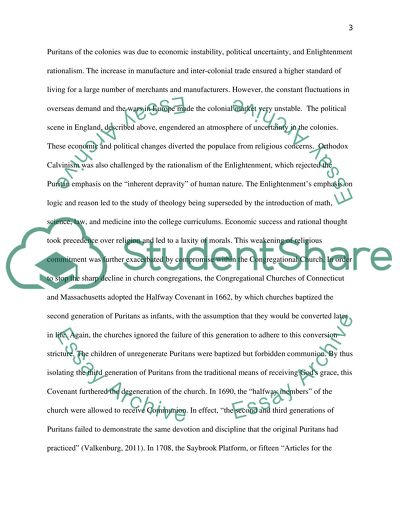Cite this document
(“The Great Awakening Essay Example | Topics and Well Written Essays - 1500 words”, n.d.)
Retrieved from https://studentshare.org/religion-and-theology/1474571-the-great-awakening
Retrieved from https://studentshare.org/religion-and-theology/1474571-the-great-awakening
(The Great Awakening Essay Example | Topics and Well Written Essays - 1500 Words)
https://studentshare.org/religion-and-theology/1474571-the-great-awakening.
https://studentshare.org/religion-and-theology/1474571-the-great-awakening.
“The Great Awakening Essay Example | Topics and Well Written Essays - 1500 Words”, n.d. https://studentshare.org/religion-and-theology/1474571-the-great-awakening.


